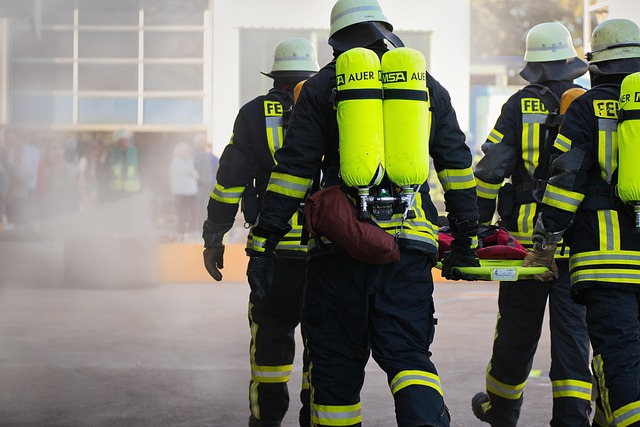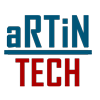Workplace accidents and safety breaches don’t just harm employees — they can cripple a company’s finances, reputation, and long-term stability. While medical bills and compensation claims are the most visible expenses, the true cost of workplace incidents runs far deeper.
Understanding this broader impact can help organizations create better prevention strategies, invest in safer systems, and ultimately protect both people and profits.

1. Direct Costs: The Immediate Financial Blow
These are the expenses that appear quickly and are easy to measure:
Medical expenses for injured employees.
Workers’ compensation claims and insurance payouts.
Property damage repairs or replacement costs.
Regulatory fines for non-compliance with safety standards (OSHA, CSA, ISO).
2. Indirect Costs: The Silent Profit Killer #
Research shows that indirect costs can be 4–10 times higher than direct costs. Examples include:
Lost productivity from injured employees and disrupted workflows.
Training costs for replacement staff or temporary workers.
Overtime wages to cover the work of absent employees.
Investigation costs for identifying root causes and implementing corrective measures.
Delays in projects that can impact client relationships.
3. Human Costs: The Hardest to Quantify #
Safety incidents impact morale, trust, and loyalty:
Employees may feel unsafe or undervalued.
Stress and anxiety levels increase, impacting mental health.
High turnover rates can follow, leading to talent loss.
4. Long-Term Reputation Damage #
In today’s digital world, safety failures can quickly become public knowledge. Negative publicity can:
Drive away top talent.
Reduce customer trust.
Attract stricter regulatory scrutiny.
5. Preventing the Costs Before They Happen #
The most cost-effective approach is prevention. This means:
Regular risk assessments.
Continuous safety training.
Clear communication of safety protocols.
Implementing systems that ensure hazards are identified and addressed promptly.
The Role of Technology in Reducing Costs #
Modern EHS (Environment, Health, and Safety) platforms help track hazards, schedule inspections, and streamline incident reporting — making prevention a built-in part of daily operations. By automating these processes, companies reduce both the frequency and severity of incidents, ultimately lowering their total cost of risk.
Related Articles #
#WorkplaceSafety #EHS #IncidentReporting #SafetyManagement #OSHACompliance #SafetyFirst #HealthAndSafety #RiskManagement #EmployeeWellbeing




